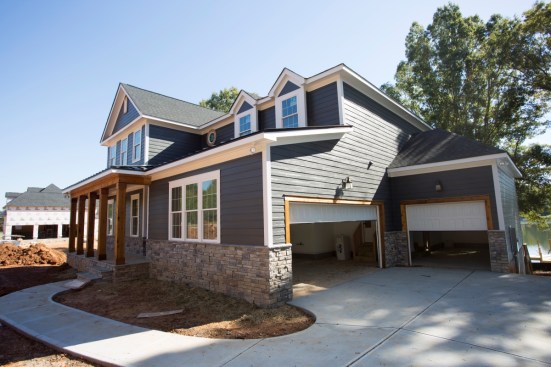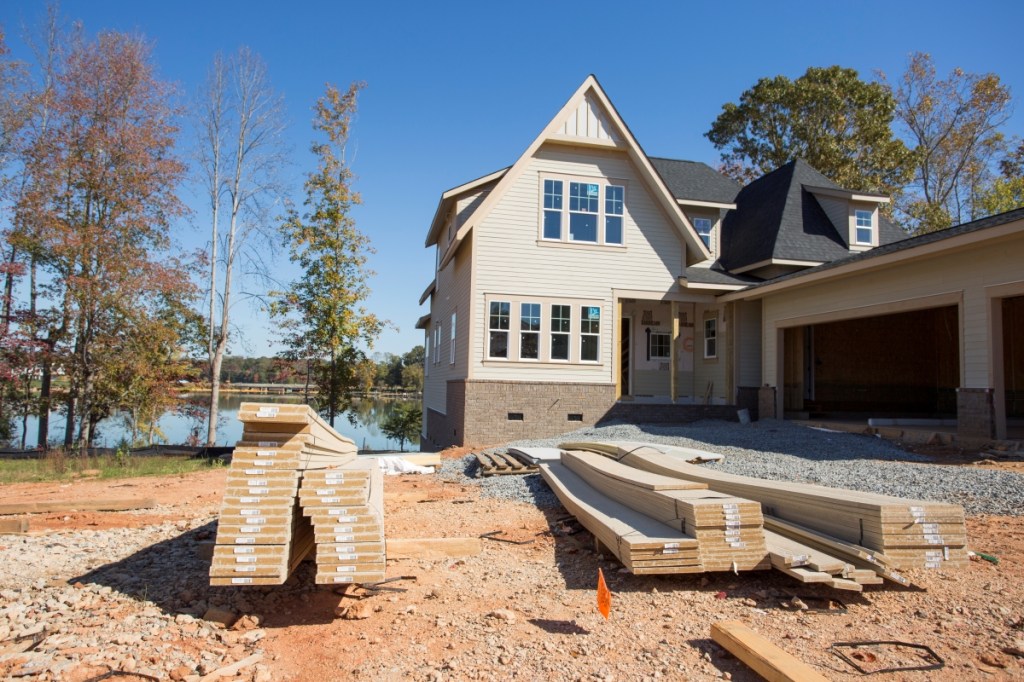What’s your favorite exterior trim story?
If you’re a home builder, remodeler, or general or specialty contractor, you’ve probably seen the good, the bad, and the downright ugly when it comes to exterior trim work.
You’ve probably seen cracks, warps, splitting, and discoloration that made you think, “What happened here?”
Brian Jones has seen his share of it as vice president of operations for North Carolina-based JCS Carolinas, a large regional siding and roofing contractor. The JCS team delivers more than 5,000 siding jobs a year, working with an assortment of production and custom builders.
“We’re 80% new single-family residential, with the remainder going to five to 10 big multifamily projects a year,” Jones says. “We side everything from 1,500 to 2,000-square-foot homes all the way up to multi-million-dollar estates, using installation subcontractors we’ve worked with for years.”
Jones’ practiced eye is always on guard for trim issues that could cost the company money, time, and its hard-won reputation with builders. Here are good, bad, and ugly examples from Jones’ experience:
• The Good: Panel Length
“A lot of manufacturers offer 10- or 12-foot trim sizes,” he says. “Our subs prefer 16-foot lengths. The extra 6 feet means fewer seams, fewer ends to prime, and less water intrusion risk. Board length is a really big deal with our subs. Longer lengths mean they finish faster and go home earlier.”
• The Bad: Trim Composition
Some trim takes nails better than others, as trim installers quickly learn. “Sometimes when you’re shooting a nail into a fiber cement board, the nail only partially penetrates, leaving a dent or some other blemish,” Jones says. “When we specify, we always go with our favorite trim. We know it takes nails easier.”
• The Ugly: Painted Trim
Jones has heard stories of trim that didn’t hold paint well, especially dark coatings. When the choice is theirs, they go with their paint-friendly brand. Jones won’t risk callbacks over paint cracking, peeling, or fading. “I like to drive through the communities we’ve sided,” he says. “I can tell you we’ve never had a builder or homeowner call us about a paint issue.”
What is Jones’ go-to brand for exterior trim? The siding expert doesn’t hesitate: It’s MiraTEC. “We’ve always used it,” he says. “It’s priced great and does the job without cracking and thermal movement. There’s never a callback. Builders and owners love the 50-year limited warranty that comes with MiraTEC. That confidence says a lot about the product.”

Photography Courtesy of JCS Carolinas
Brian Edge knows what that competitive difference can mean to a contractor. As a MiraTEC regional sales manager, he works with dozens of leading siding contractors and builders. Edge has seen the rapid and smart way JCS Carolinas has built their business: “JCS is family-owned and operated. They focus on value, detail, and safety. Builders appreciate how JCS helps keep their home buyers happy.”
If you’re not familiar with MiraTEC, it’s a treated exterior composite trim installed widely throughout the southeast, where high heat and humidity are common. The TEC process, launched in 1998, was engineered specifically to address the needs builders and installers have in exterior installations. “It’s an amazingly resilient trim. MiraTEC resists moisture, rot, and termites, and performs in any exterior environment while looking great – and you can be flexible because it’s reversible, so you can use either the cedar or the smooth side,” Edge says.
Learn more about the exceptional value, workability, and warranty advantages of MiraTEC trim.
